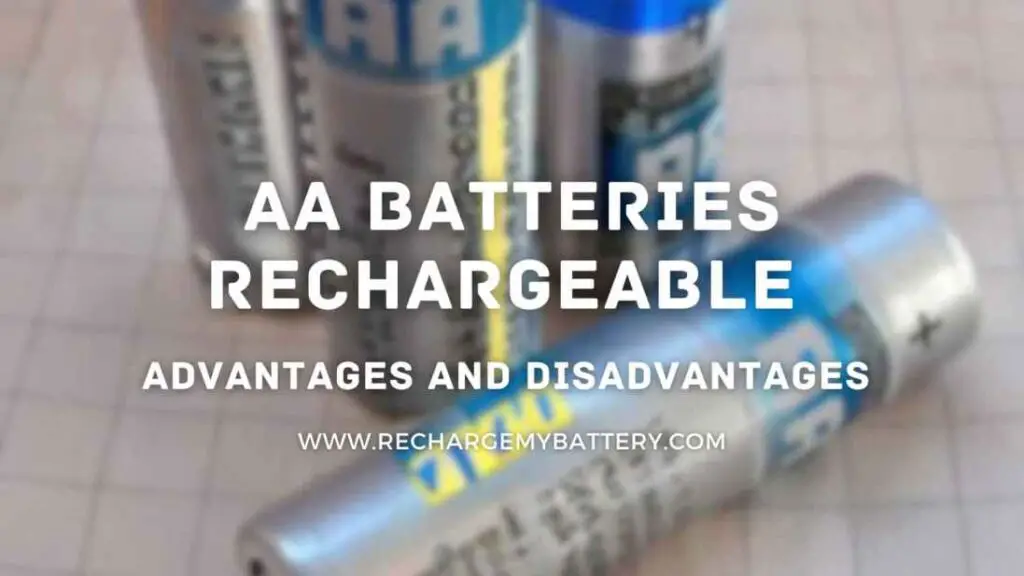Introduction
Rechargeable batteries have become an integral part of our lives, powering everything from our smartphones to electric vehicles. While they offer convenience and eco-friendliness, there are aspects that often remain in the shadows. In this comprehensive guide, we’ll delve into the Dark Secrets of Rechargeable Batteries, shedding light on crucial aspects that every consumer should be aware of.
The Environmental Impact
Understanding the Footprint
Rechargeable batteries may seem like a greener option, but their production process often involves the extraction of rare metals, leading to environmental degradation. Additionally, improper disposal can release toxic chemicals into the soil and water.
Extended Rechargeable Batteries Lifespan: Myth or Reality?
One of the touted benefits of rechargeable batteries is their extended lifespan. However, factors like overcharging and exposure to extreme temperatures can significantly reduce their longevity.
The Recycling Conundrum
While recycling is championed as a solution, the reality is that only a fraction of rechargeable batteries are effectively recycled. This leads to a buildup of electronic waste, posing a significant environmental challenge.
Performance Under Strain
Voltage Drop Phenomenon
Users often encounter the voltage drop issue with rechargeable batteries. This occurs as the battery discharges, leading to a decrease in voltage output. Understanding this can help users manage their expectations.
Memory Effect: Fact or Fiction?
The memory effect, once a prevalent concern, has been largely mitigated in modern rechargeable batteries. However, it’s crucial to note that improper charging practices can still lead to diminished performance.
Capacity Deterioration Over Time
Rechargeable batteries have a finite lifespan, and their capacity gradually diminishes with each charge cycle. Knowing when to replace them can prevent unexpected power failures.
Dark Secrets of Rechargeable Batteries
Cobalt Dependency
A significant portion of rechargeable batteries relies on cobalt, a mineral often sourced from regions with questionable labor practices. This raises ethical concerns about the battery industry’s supply chain.
High Initial Cost
While rechargeable batteries offer long-term cost savings, their initial purchase price is notably higher than that of disposable alternatives. This upfront investment can be a deterrent for some consumers.
Vulnerability to Overheating
Improper handling or exposure to extreme conditions can lead to overheating in rechargeable batteries, posing safety risks. It’s imperative to follow manufacturer guidelines for usage and storage.
Lithium-ion vs. Nickel-metal Hydride: Which is Greener?
The Environmental Debate
The choice between lithium-ion and nickel-metal hydride rechargeable batteries sparks a significant environmental debate. While lithium-ion batteries are known for their high energy density and lighter weight, they require the extraction of lithium, which can have environmental consequences. On the other hand, nickel-metal hydride batteries use less environmentally harmful materials, but their production process still involves resource-intensive steps.
Energy Efficiency Considerations
When it comes to energy efficiency, lithium-ion batteries have the upper hand. They can store and release energy more efficiently than nickel-metal hydride counterparts. This means that devices powered by lithium-ion batteries tend to have longer runtimes and shorter charging times.
Recycling Challenges
Both lithium-ion and nickel-metal hydride batteries can be recycled, but the process is more established for the former. Nickel-metal hydride batteries contain valuable materials like nickel and rare earth metals, but their recycling infrastructure is less developed, leading to a higher percentage of these batteries ending up in landfills.
Innovations on the Horizon: Solid-State Batteries
The Promise of Solid-State Technology
Solid-state batteries represent a promising advancement in battery technology. Unlike traditional lithium-ion batteries, they utilize solid electrolytes instead of liquid electrolytes. This design offers several advantages, including increased energy density, faster charging times, and enhanced safety.
Overcoming Challenges
While solid-state batteries hold great potential, they are still in the early stages of development. Challenges such as high production costs and scalability issues need to be addressed before they can become a mainstream alternative to current rechargeable batteries.
Environmental Benefits
Solid-state batteries have the potential to revolutionize the industry by reducing reliance on rare and environmentally impactful materials. With their improved energy density, they could lead to more efficient and sustainable energy storage solutions.
The Role of Consumer Awareness and Responsibility
Empowering Consumers
One of the most significant secrets of rechargeable batteries lies in the hands of consumers themselves. By being informed about proper usage, storage, and disposal practices, individuals can significantly impact the overall sustainability of rechargeable batteries.
Responsible Recycling Initiatives
Many regions have established recycling programs for electronic waste, including rechargeable batteries. By participating in these initiatives, consumers can ensure that their batteries are disposed of in an environmentally responsible manner, minimizing their ecological footprint.
Advocating for Sustainable Practices
Consumer demand has the power to drive innovation and change within the battery industry. By supporting companies that prioritize eco-friendly manufacturing and recycling processes, individuals can contribute to a more sustainable future.
These additional sections further enhance the depth and breadth of information provided in the article about the Dark Secrets of Rechargeable Batteries.
Conclusion
Understanding the Dark Secrets of Rechargeable Batteries empowers consumers to make informed choices. While they offer numerous advantages, it’s essential to be aware of their environmental impact, performance nuances, and ethical considerations. By making conscious decisions, we can contribute to a more sustainable future.

